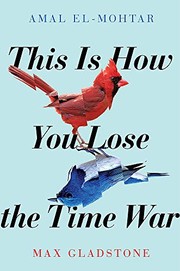
Riffing off the story of the Pied Piper, here Pratchett has more animals become intelligent after hanging around Unseen University too long. First it’s the rats, and then Maurice, a cat. The rats may be clever, but Maurice is streetwise. They band together, along with a stupid-looking-kid™ to do the old plague of rats trick on unsuspecting towns, but in Bad Blintz, they find something very unexpected, and very dark.
Maurice is a fun character. While I’m not their biggest fan, Pratchett really gets cats and he writes a good one. The rat Dangerous Beans, on the other hand, is at least partially well named. As Darktan realises, he makes maps of the earth, while Dangerous Beans makes maps for the mind. He thinks the thoughts that the others don’t. He’s an idealist, and a visionary and a naive young thing. He’s a wonderful creation.
In the character of Malicia, Pratchett takes another swipe at those who get too carried away by stories and storytelling. This was a central theme of Witches Abroad and while it’s somewhat less subtle here than it was in that book, the point is well made, and the character is very fun to read.
I think this was the first Discworld novel “for younger readers”, preceding the Tiffany Aching books. I’ve put ‘for younger readers’ in quotes since at times this book can feel very dark, covering, as it does, topics including faith, its gaining and loss, ageing, hate and man’s inhumanity to anything it considers ‘other’. Despite this, it retains Pratchett’s trademark lightness of touch and humour. An older (or less sensitive younger) child will devour this, as will adults.




